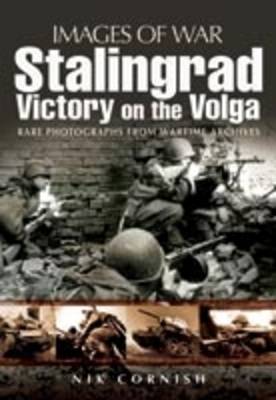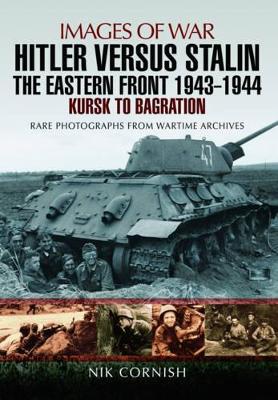Images of War
9 total works
The impact of the Russian revolution is also revealed in the photographs which take the story through from the initial outbreaks of discontent and the abdication of the Tsar to Lenin's take-over and the end of Russia's war - and of the imperial army - in 1917.
He also records, through the photographs, the merciless counter-measures taken by the Germans and the reprisals. His book gives a compelling insight into one of the most important side shows of the Second World War.


